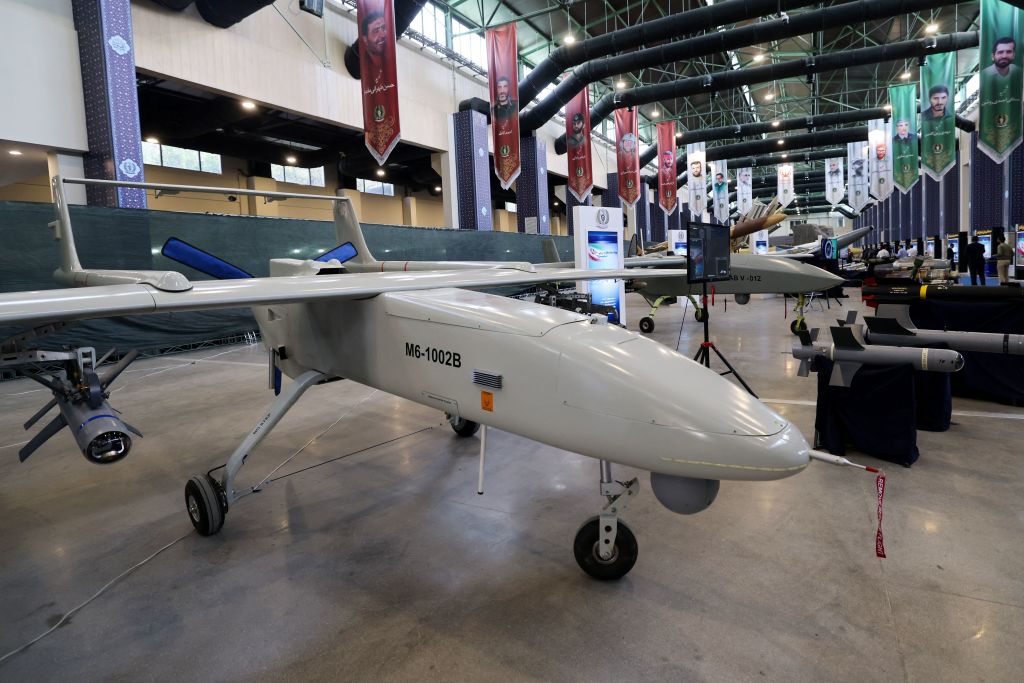ADF STAFF
A new report confirms that the Sudanese Armed Forces (SAF) has received repeated deliveries of weapons from Iran since December 2023, when the two countries restored diplomatic ties after an eight-year hiatus.
Researchers at the Conflict Observatory used open-source documentation to track at least seven military cargo flights from airports in Iran to Port Sudan, the wartime headquarters of the SAF and Sudan’s junta-led government overseen by Gen. Abdel Fattah al-Burhan. Two other flights are considered “very likely” deliveries because the planes turned off their transponders just before landing in Sudan.
The Conflict Observatory tracked flights of the Iranian 747-200 operated by Qeshm Fars Air between December 2023 and July 25, 2024. The aircraft is one of a few of its kind in operation, which makes it easy to identify in satellite images, according to researchers. It was used previously to deliver weapons to Iranian-backed fighters in Syria.
The Conflict Observatory report confirmed reports by Sudan War Monitor in January about Iranian flights landing in Port Sudan.
“The new report is much more comprehensive and details additional flights that were not previously reported elsewhere,” Sudan War Monitor researchers stated.
The first flights happened shortly before Iranian Mohajer-6 unmanned aerial vehicles were deployed against the paramilitary Rapid Support Forces (RSF) on Sudan’s battlefield. RSF fighters revealed the existence of the drones in social media posts after they shot one down in January.
“The research team could not establish alternative explanations for how new Iranian weapons appeared on the battlefield,” the Conflict Observatory reported.
International observers have accused Iran and the United Arab Emirates of exacerbating the Sudan conflict by supplying a steady stream of weapons to each side. The UAE has supplied the RSF through Chad’s Maréchal Idriss Deby International Airport in Amdjarass, according to the Conflict Observatory. The airport was significantly upgraded after the UAE provided Chad with a $1.5 billion loan.
According to observers, Iran’s renewed relations with Sudan derive from Iran’s desire to have a foothold on the Red Sea from which it could attack international shipping and threaten its regional rival, Saudi Arabia.
“Iran has exploited the Sudanese regime’s need for drone platforms, and news stories of alleged offers of additional drones and a helicopter carrier in exchange for a Port Sudan base cloud Iran’s history with Sudan,” analyst John Ringquist wrote recently in Balloons to Drones, a website specializing in the history of air power.
So far, Sudan’s leadership has refused to grant Iran port access for a military or dual-use facility.
The SAF has used its drones for intelligence-gathering and for kamikaze-style attacks on RSF positions across the country. Iranian drones, including the low-flying Ababil-3, have helped the SAF recover territory from the RSF in recent months. Sudanese military leaders told Radio Dabanga in March that drones played a decisive role in reclaiming the Omdurman neighborhood that is home to Sudan’s national broadcaster.
Observers say that SAF success with Iranian drones could drive the two countries closer together and fuel other conflicts in the region.
“It will turn the Red Sea into an arena for international confrontation, further complicating the security posture in the region and exposing international navigation to major threats,” analyst Abdal Monim Himmat wrote recently in The Arab Weekly.

